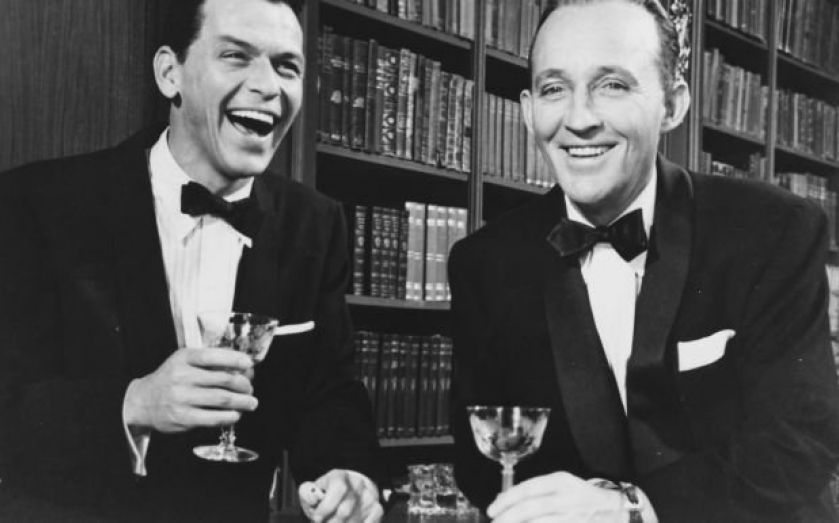| Updated:
How to make a man smile: Suggest they go drinking with other men

The best way to put a smile on your face after a hard day of work may be to enjoy a stiff drink with friends… but only if you're a man and your friends are also men.
A new study published in the journal Clinical Psychological Science shows that when men drink, the contagiousness of their smiles increases.
To arrive at this drinking-smiling conclusion, researchers examined the infectiousness of genuine smiles in drinking groups. They define genuine smiles as those associated with “actual felt emotion”, as opposed to outward displays of emotion which are often not genuine.
They randomly assigned 720 healthy social drinkers, aged between 21 and 28, into three groups – those who would receive an alcoholic drink, those who would receive a non-alcoholic beverage, and those who would receive a non-alcoholic drink under the belief it was alcoholic.
Participants were then left to socialise within their groups while drinking their beverages, and by observing their interactions via video recordings the researchers could follow the spread of smiles from one individual to the next.
They discovered a significant correlation between drinking alcohol and the likelihood of a smile spreading – but only for all-male groups. It did not have a significant effect on emotional contagion for groups that contained any women.
What this suggests, they argue, is alcohol introduces a kind of "social bravery" among men.
"This experimental alcohol study, which included a social context, finds the clearest evidence yet of greater alcohol reinforcement for men than women," said Catharine Fairbairn, lead researcher of the study
"Many men report that the majority of their social support and social bonding time occurs within the context of alcohol consumption," she added.
"We wanted to explore the possibility that social alcohol consumption was more rewarding to men than to women — the idea alcohol might actually 'lubricate' social interaction to a greater extent among men."
The finding, according to Fairbairn, could also help explain why excessive drinking is more of a problem among men than women. Previous research has shown men are about 50 per cent more likely to drink excessively than women, and much problem-drinking among men occurs in social settings.
"Historically, neither the scientific community nor the general public has been terribly concerned about drinking that occurs in social settings. According to popular opinion, a 'social drinker' is necessarily a non-problem drinker, despite the fact that the majority of alcohol consumption for both light drinkers and problem drinkers occurs in a social context," Fairbairn explains.
"Not only that, the need to 'belong' and create social bonds with others is a fundamental human motive," she adds. "Therefore, social motives may be highly relevant to the understanding of how alcohol problems develop."